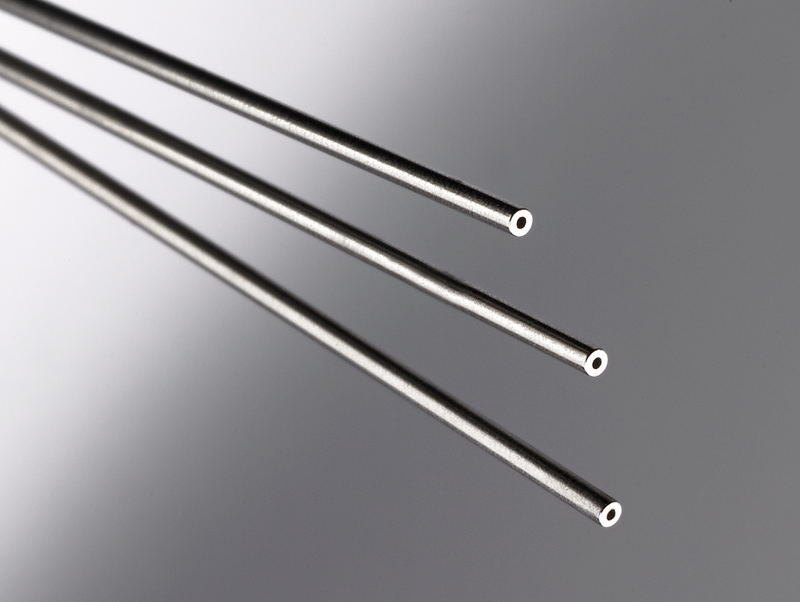While the goal of producing tight tolerance, burr-free metal rods, tubes, or extrusions, precisely cut to a specific length, sounds simple enough, the task can be surprisingly challenging. That’s because the efficiency of any precision metal cutting method can vary greatly depending on the job parameters and how well the method is matched to the work at hand — and a wrong decision can cost you time and money.
For burr-free, 2-axis cutoff of metal parts, the top five methods are shearing, cold sawing, precision abrasive cutting, wire EDM, and laser cutting. While there are other methods of separating metal, none are ideal for simple 2-axis cutoff (essentially, the process of taking something long and making it short). Even among these five preferred methods, there are respective benefits and drawbacks depending on the job.
Although the metal cutting options vary in characteristics and appropriate applications, the good news is, having a clear and thorough understanding of several key parameters will help you successfully assess which 2-axis metal cut off method can best meet your critical requirements.
Selecting the right method begins by considering the following parameters:
1. Part Type
Consider whether the final part will be a rod, tube, or extrusion. Not all methods excel at all part types, and finding out after you’ve already spec’d in the process could be too late.
2. Material Type
The efficacy of the top five cutting methods may vary depending on the hardness or softness of the metal being cut — for example, producing different result depending whether you are cutting stainless steel, titanium, high nickel-content ferrous alloys, nickel-titanium alloys (e.g., nitinol/NiTi), or tungsten.
3. Part Dimensions
Typically, metal cutoff capabilities are expressed in term of the following:
Lengths
- Very short = under 0.125” (3.175 mm)
- Short = 0.125” (3.175 mm) to 1” (25.4 mm)
- Long = 1” (25.4 mm) to 1’ (304.8 mm)
- Very long = 1’ to 6’ (304.8 mm to 1828.8 mm)
Dimensions
- ODs from 1” (25 mm) maximum to 0.001” (0.025 mm) minimum
- Requirements specific to tubes, such as the inside diameter (ID) and wall thicknesses required for capillary tubing
Some methods have real limitations when it comes to part length. Just imagine the consequences of factoring in a particular method that excels at one aspect of your spec but can’t produce the length you need.
Likewise, depending on the part you need to produce, you may need to consider OD, ID, and wall thickness. For solid parts, considering only the OD is relevant; however, for parts such as capillary tubes, which require exceptionally clean, thin walls, some 2-axis cutting methods won’t work.
4. Tolerances and Kerf
When it comes to tolerances and kerfs, less is more. While 2-axis cutting methods are ideal for difficult-to-achieve tolerances, some are more effective in certain ranges. Kerf is also a consideration, as it can drive up material costs.
Simply put, the tighter the tolerance, the better — ideally at or below +/- 0.005” (0.127 mm). Similarly, the minimum amount of kerf is the goal.
5. Capacity, Speed, and Cost
One of the most overlooked considerations when choosing a cutting method is the relationship between volume, speed, and cost. By prioritizing appropriately, you can determine whether a method is cost-effective for your required parts volume and timeline/deadlines.
Making the best choice is not an impossible task. But it does require an in-depth understanding of your unique application and its specific parameters, as well as a firm grasp of the different methods used for cutting metal.
For a more detailed look at the five most common methods of 2-axis metal cutoff and how to make the best choice for your specific application, download our guide, Choose with Confidence: Comparing 2-Axis Precision Cutting Methods.






